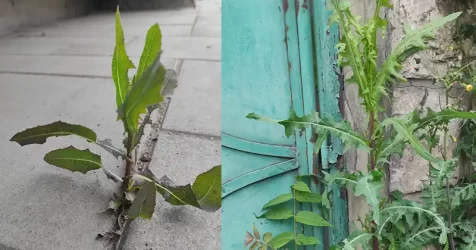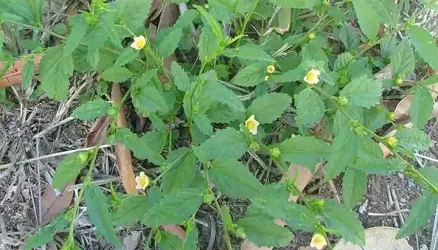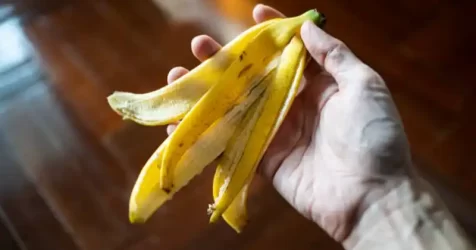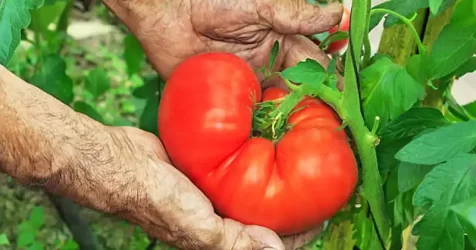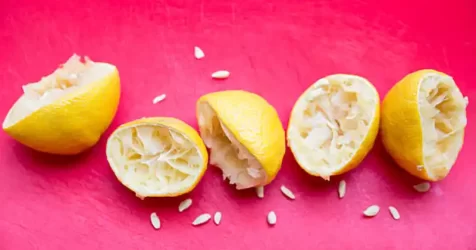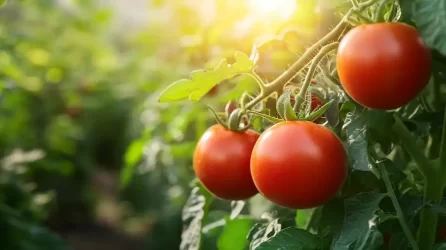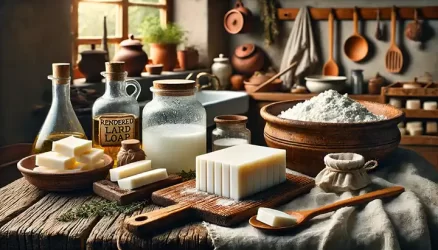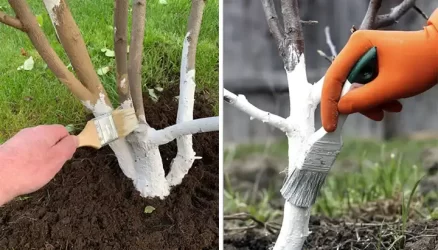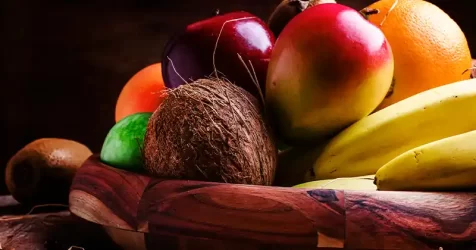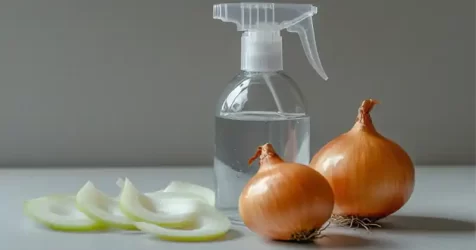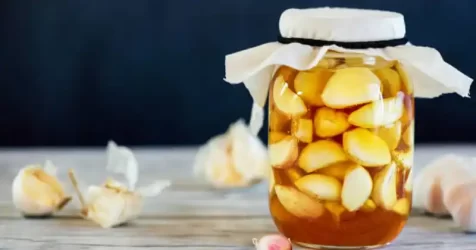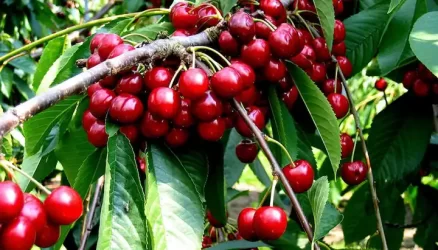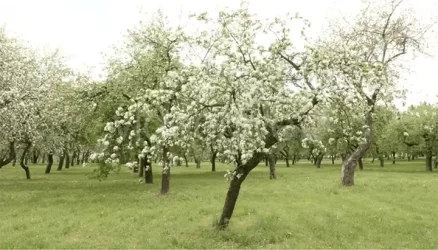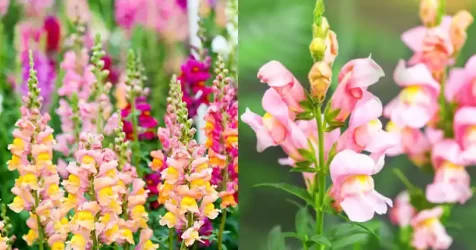Growing Celery in Water: A Sustainable Approach Using Plastic Bottles

Celery (Apium graveolens) is a versatile and nutritious vegetable that can be easily grown at home. While traditional soil-based gardening is common, an innovative and sustainable method involves growing celery in water using plastic bottles. This approach not only reduces the need for soil and space but also promotes recycling and upcycling of plastic bottles. In this article, we will guide you through the steps of growing celery in water using plastic bottles, enabling you to enjoy fresh, homegrown celery while minimizing your environmental impact.
Materials Needed:
- Plastic bottles (1- or 2-liter size)
- Celery stalks with leafy tops (store-bought or leftover from cooking)
- Scissors or a sharp knife
- Water
- A sunny windowsill or a well-lit area
- Optional: Liquid fertilizer
Step-by-Step Guide:
- 1. Selecting Celery Stalks: Choose celery stalks that have been used for cooking or bought from the store. Look for stalks that still have a leafy top intact. These leafy tops will be the starting point for your celery growth.
- 2. Preparing Plastic Bottles: Take clean plastic bottles and remove any labels. Cut the top portion of the bottles, leaving enough space to accommodate the celery stalks. Make sure the bottles are thoroughly washed to prevent the growth of harmful bacteria.
- 3. Cutting Celery Stalks: Trim the celery stalks about 2 inches from the base, ensuring that you retain the leafy tops. Place the cut celery stalks in a bowl of water for a few hours to allow them to absorb water and remain fresh.
- 4. Planting Celery in Bottles: Fill each plastic bottle with water until it reaches about 2 inches from the bottom. Insert the celery stalks into the bottle, making sure the cut end is submerged in the water while the leafy top remains above the bottle’s opening. You can plant multiple celery stalks in a single bottle, but make sure they are not overcrowded.
- 5. Providing Adequate Light: Place the bottles in a sunny windowsill or a well-lit area where the celery can receive adequate sunlight. Celery requires around 6-8 hours of sunlight per day to grow successfully. If natural sunlight is insufficient, you can also use artificial grow lights to supplement the light.
- 6. Changing the Water: Over time, the water in the bottles may become murky or stagnant. It’s important to change the water every few days to ensure a healthy growing environment for the celery. When changing the water, gently rinse the celery stalks as well.
- 7. Optional Fertilization: You can choose to add a diluted liquid fertilizer to the water once a month to provide essential nutrients for optimal growth. Follow the instructions on the fertilizer packaging for the correct dilution ratio.
- 8. Patience and Observation: Growing celery in water is a gradual process. It might take a few weeks for you to see significant growth. Keep a watchful eye on the celery, and with time, you’ll notice new leaves emerging from the center of the stalks.
- 9. Transplanting to Soil (Optional): If you wish to transplant your celery into soil for a more traditional growing experience, wait until the celery has developed a good root system. Gently remove the celery from the bottle, being careful not to damage the roots, and plant it in well-draining soil.

Growing celery in water using plastic bottles is a creative and sustainable gardening method that requires minimal resources. By repurposing plastic bottles and using celery stalks that might have otherwise been discarded, you can enjoy the satisfaction of cultivating your own fresh and nutritious celery at home. This approach not only contributes to your culinary endeavors but also promotes recycling and reduces your environmental footprint. Happy growing!
Inspired by this? Share the article with your friends!

